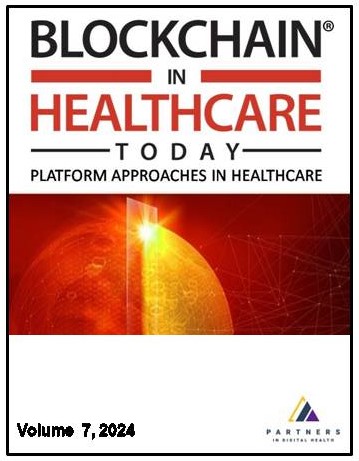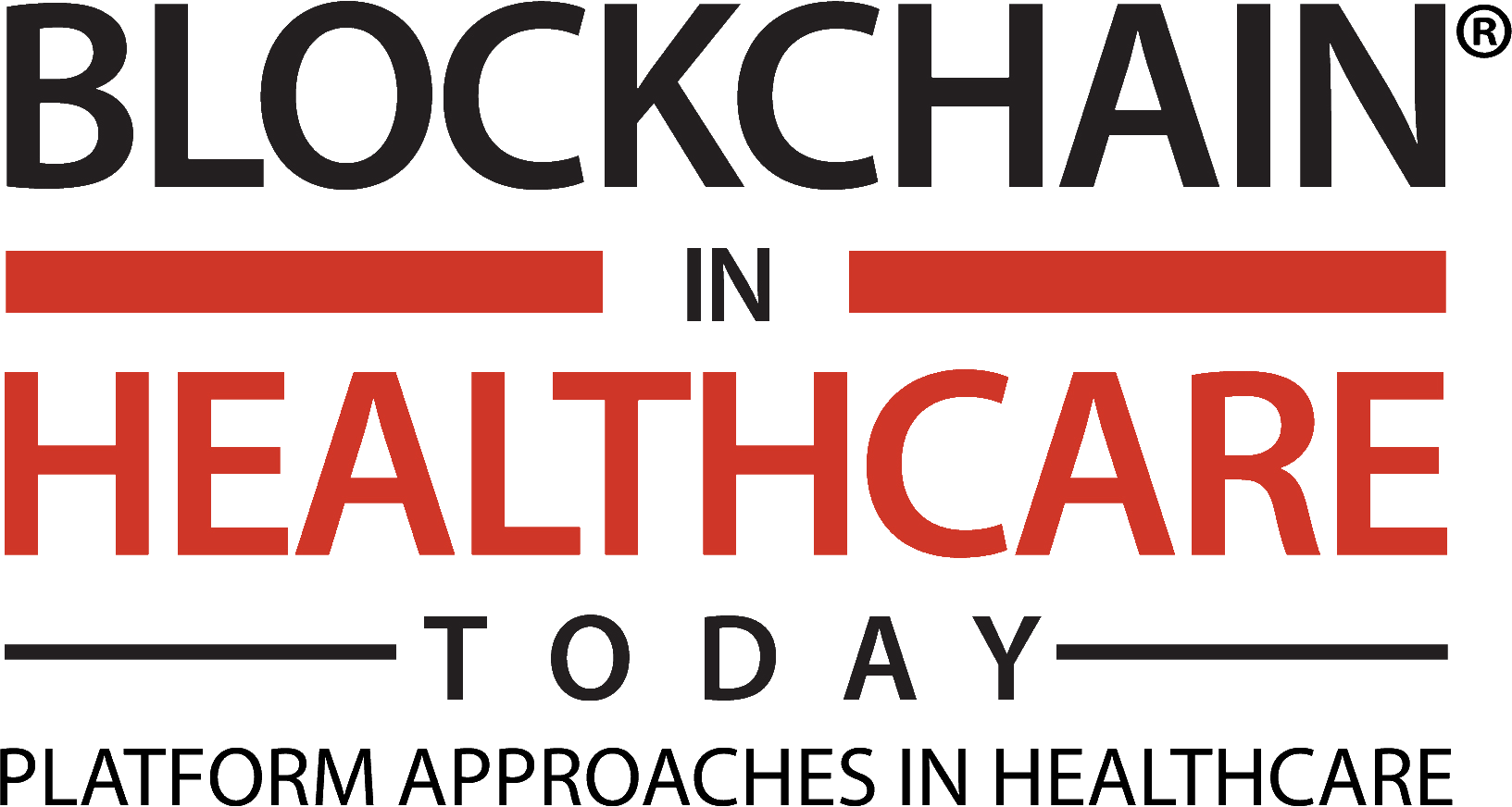
Additional files
More articles from Volume 5, Issue 2, 2022
Technical Design and Development of a Self-Sovereign Identity Management Platform for Patient-Centric Healthcare Using Blockchain Technology
Clinical, Organizational and Regulatory, and Ethical and Social
Health Datasets as Assets: Blockchain-Based Valuation and Transaction Methods
Securing the Chain of Custody and Integrity of Data in a Global North-South Partnership to Monitor the Quality of Essential Medicines
Applicability of Blockchain-Based Implementation for Risk Management in Healthcare Projects
Article views
Securing the Chain of Custody and Integrity of Data in a Global North-South Partnership to Monitor the Quality of Essential Medicines
 ,
,
 ,
,
 ,
,
 ,
,
 ,
,
 ,
,

Abstract
Substandard and falsified (SF) pharmaceuticals account for an estimated 10% of the pharmaceutical supply chain in low- and middle-income countries (LMICs), where a lack of regulatory and laboratory resources limits the ability to conduct effective post-market surveillance and allows SF products to penetrate the supply chain. The Distributed Pharmaceutical Analysis Laboratory (DPAL) was established in 2014 to expand testing of pharmaceutical dosage forms sourced from LMICs; DPAL is an alliance of academic institutions throughout the United States and abroad that provides high quality, validated chemical analysis of pharmaceutical dosage forms sourced from partners in LMICs. Results from analysis are reported to relevant regulatory agencies and are used to inform purchasing decisions made by in-country stakeholders. As the DPAL program has expanded to testing more than 1000 pharmaceutical dosage forms annually, challenges have surfaced regarding data management and sample tracking. Here, we describe a pilot project between DPAL and ARTiFACTs that applies blockchain to organize and manage key data generated during the DPAL workflow, including a sample’s progress through the workflow, its physical location, provenance of metadata, and lab reputability. Recording time and date stamps with this data will create a permanent and verifiable chain-of-custody for samples. This secure, distributed ledger will be linked to an easy-to-use dashboard, allowing stakeholders to view results and experimental details for each sample in real time and verify the integrity of DPAL analysis data. Introducing this blockchain-based system as a pilot will allow us to test the technology with real users analyzing real samples. Feedback from users will be recorded and necessary adjustments will be made to the system before the implementation of blockchain across all DPAL sites. Anticipated benefits of implementing blockchain for managing DPAL data include efficient management for routing work, increasing throughput, creating a chain of custody for samples and their data in alignment with the distributed nature of DPAL, and using the analysis results to detect patterns of quality within and across brands of products and develop enhanced sampling techniques and best practices.
Keywords
References
Citation
Copyright
This is an open access article distributed under the Creative Commons Attribution License which permits unrestricted use, distribution, and reproduction in any medium, provided the original work is properly cited.
Article metrics
The statements, opinions and data contained in the journal are solely those of the individual authors and contributors and not of the publisher and the editor(s). We stay neutral with regard to jurisdictional claims in published maps and institutional affiliations.

